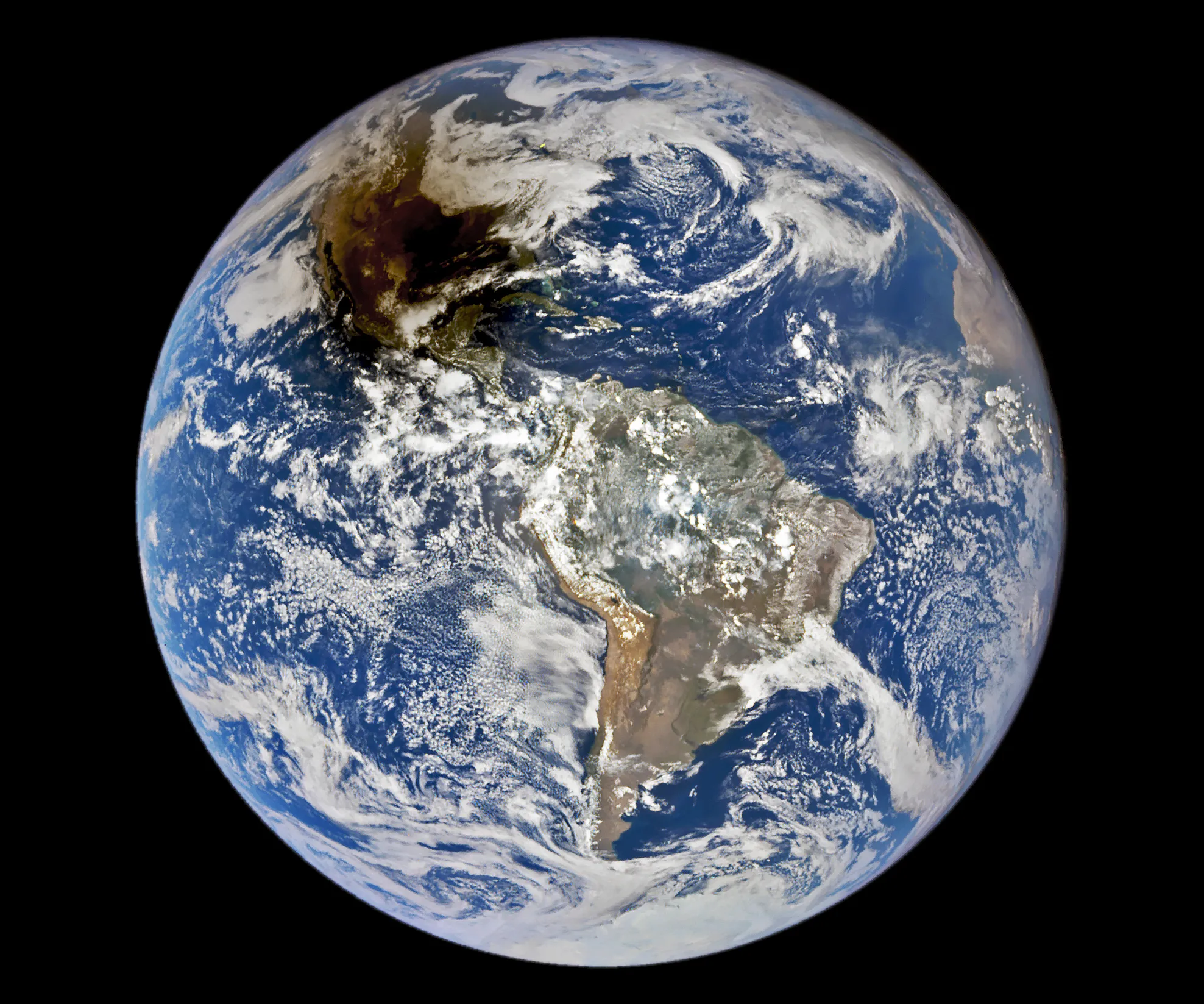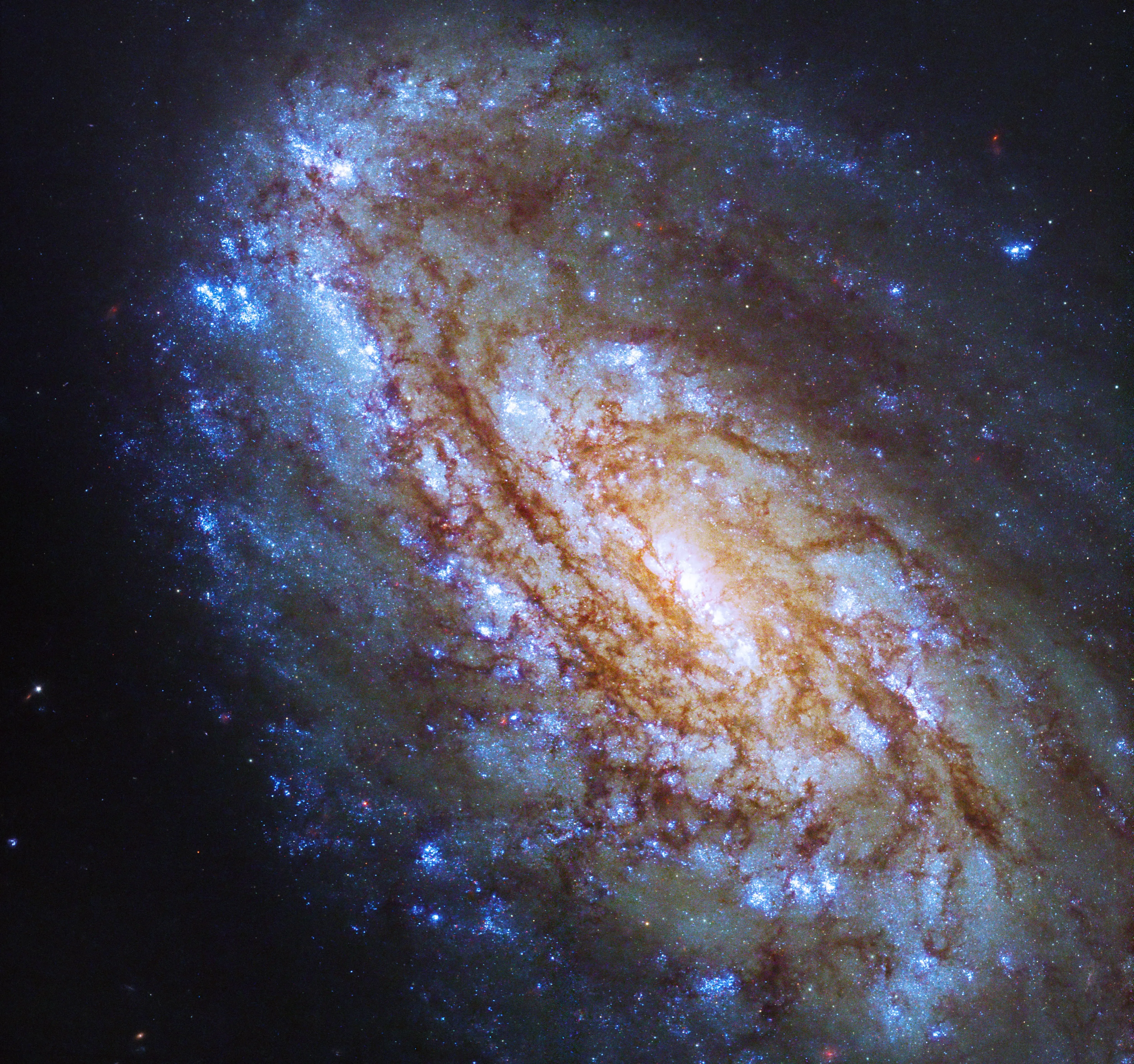Stacking is complete for the twin Space Launch System (SLS) solid rocket boosters for NASA’s Artemis I mission. Over several weeks, workers used one of five massive cranes to place 10 booster segments and nose assemblies on the mobile launcher inside the Vehicle Assembly Building (VAB) at NASA’s Kennedy Space Center in Florida. Engineers with Exploration Ground Systems placed the first segment on Nov. 21, 2020, and continued the process until the final nose assembly was placed on March 2. Prior to the arrival of the core stage, the team will finish installing electrical instrumentation and pyrotechnics, then test the systems on the boosters. When the SLS core stage arrives at Kennedy, technicians will transport it to the VAB, and then stack it on the mobile launcher between the two boosters. The SLS will be the most powerful rocket in the world, producing up to 8.8 million pounds of thrust during its Artemis I launch.
Artemis I will be an uncrewed test of the Orion spacecraft and SLS rocket as an integrated system ahead of crewed flights to the Moon. Under the Artemis program, NASA aims to land the first woman and the next man on the Moon and establish sustainable lunar exploration.
Image Credit: NASA/Isaac Watson
一对空间发射系统(SLS)固体火箭助推器为美国宇航局的阿耳忒弥斯一号任务堆叠完成。在几周的时间里,工作人员用5台大型起重机中的一台将10个助推器和机头组件安装在佛罗里达州NASA肯尼迪航天中心的车辆装配大楼(VAB)内的移动发射装置上。勘探地面系统公司的工程师们于2020年11月21日放置了第一个部件,并继续这一过程,直到3月2日放置了最后一个机头组件。在核心测试阶段到来之前,该团队将完成电气仪表和烟火装置的安装,然后在助推器上测试系统。当SLS核心级到达肯尼迪时,技术人员将把它运送到VAB,然后将它堆积在两个助推器之间的移动发射装置上。SLS将是世界上最强大的火箭,在阿耳忒弥斯一号任务发射期间可产生高达880万磅的推力。
阿耳忒弥斯一号任务将是对猎户座宇宙飞船和SLS火箭的一次无人测试,作为载人登月之前的一个综合系统。根据阿耳忒弥斯计划,美国宇航局的目标是让首位女性和下一位男性登上月球,并建立可持续的月球探索。
影像来源:美国宇航局/艾萨克·沃森



